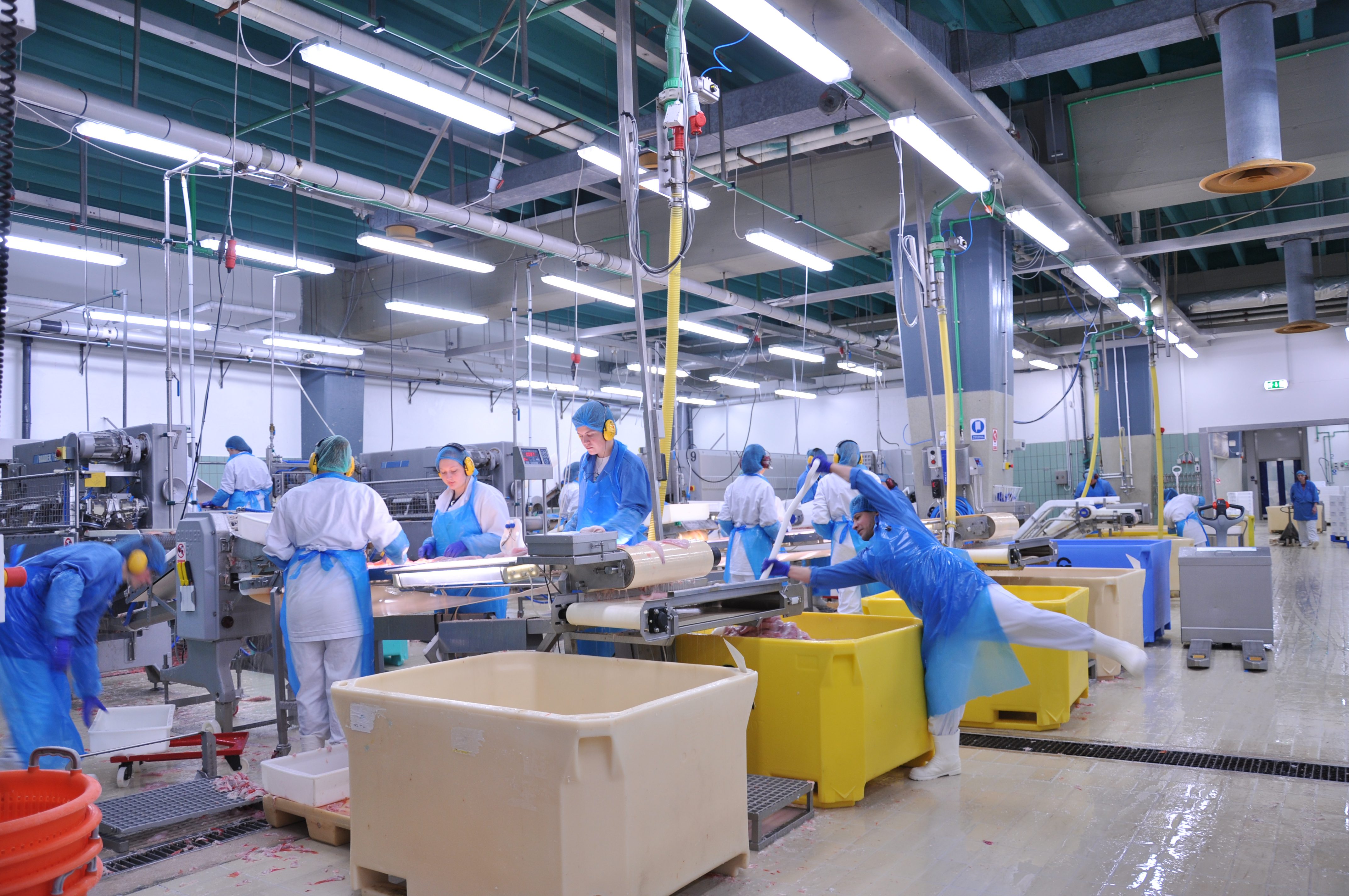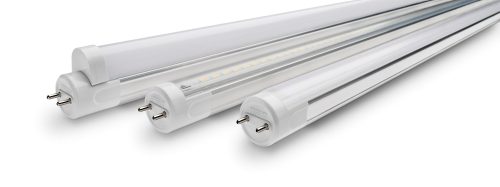LED Lamps
LEDs are the up and coming lighting technology. Each successive generation is more energy efficient than then last. Today LEDs last up to 10 times longer than compact fluorescents and far longer than typical incandescent bulbs. The latest LED (light emitting diode) light bulbs produce about the same amount of light per watt as compact fluorescent bulbs (CFLs).
LED Lamps
- Extremely efficient
- High life (50,000+ hours)
- Good Color Rendition (CRI)
- Dimmable
LEDs are the up and coming lighting technology. Each successive generation is more energy efficient than then last. Today LEDs last up to 10 times longer than compact fluorescents and far longer than typical incandescent bulbs. The latest LED (light emitting diode) light bulbs produce about the same amount of light per watt as compact fluorescent bulbs (CFLs). LEDs can be found in luminaires (light fixtures) and even retrofit lamps (bulbs).
A light-emitting diode (LED) is a semiconductor diode that radiates light (electroluminescence) when current passes through it in the forward direction. Electrons move though semiconductor medium and “fall into” other energy levels during their transit of the p-n junction. When these electrons make a transition to a lower energy level, they give off a photon of light. This photon may be in the infrared region or just about anywhere across the visible spectrum up to and into ultraviolet.
Because of the low power requirement for LEDs, using solar panels becomes more practical and less expensive than running an electric line or using a generator for lighting. There are other differences beyond life and energy savings. Unlike incandescent bulbs and CFLs, which splash light in all directions, LED bulbs are directional. LEDs drive their light in one direction, so that you have light exactly where you want it. This directional lighting equals savings in yet another fashion. LEDs don’t waste light (energy) on areas you don’t need illuminated, which is also why they are perfect task lights.
Since LEDs do not have a filament, they are not damaged under circumstances when a regular incandescent bulb would be broken. Because they are solid, LED bulbs hold up well to jarring and bumping. These bulbs do not cause heat build-up; LEDs produce 3.4 btu’s/hour, compared to 85 for incandescent bulbs. Last, no mercury is used in the manufacturing of LEDs, and they are more efficient. LED light bulbs use only 2-10 watts of electricity (1/3rd to 1/30th of Incandescent or CFL).
LED Lamp News
New T8 LED Retrofit Tube Lights Introduced by Access Fixtures
WORCESTER, Mass., Jan. 13, 2015 /PRNewswire/ -- Access Fixtures, a leader in commercial and sports lighting, has announced new T8 LED retrofit tube lights that are designed to perform efficiently in place of fluorescent lamps. The long-lasting, energy-efficient T8 LED...
Recent LED Lamp Projects
Sorry No Results Found
The page you requested is no longer on the site. Try refining your search using the search box, or use the navigation above to locate the post.
You can also call us at 800-468-9925 or Chat with a Live Certified Lighting Specialist. Or...
Recent Blog Posts
 Solar Arena Lights: High-Performance LED Solar Lighting
Solar Arena Lights: High-Performance LED Solar Lighting
High-performance commercial LED solar arena lights are reshaping outdoor lighting solutions with their efficiency, reliability, eco-friendly operation, reduced installation costs, and operating costs. Let's explore these cutting-edge fixtures, their advantages, ...
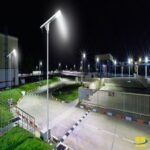 Solar Area Lights: High-Performance LED Solar Lighting
Solar Area Lights: High-Performance LED Solar Lighting
The demand for high-performance, commercial-grade LED solar area lights featuring sustainable, reliable, and energy-efficient lighting solutions has surged. Commercial solar area lights provide alternatives to traditional wired lighting systems. These ...
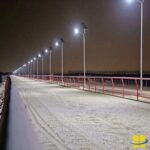 Transitioning To Commercial Solar Lighting – A Step-By-Step Guide
Transitioning To Commercial Solar Lighting – A Step-By-Step Guide
Transitioning to commercial solar lighting provides project owners with a sustainable and cost-effective solution for illuminating their spaces while reducing energy costs and environmental impact. This comprehensive guide suggests insights ...
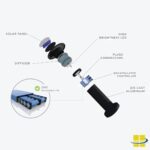 How Do Solar Lights Work?
How Do Solar Lights Work?
Commercial LED Solar Lights have revolutionized lighting solutions by harnessing solar energy for illumination. But how do solar lights work? Exploring their functionality reveals a seamless integration of solar panels, ...
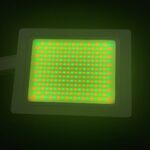 New FLAT and FLYT Next-Generation Gen 4 No UV LED Lights for Suspended Grid Ceilings
New FLAT and FLYT Next-Generation Gen 4 No UV LED Lights for Suspended Grid Ceilings
WORCESTER, MA, March 11, 2024 — Access Fixtures, a leading provider of high-performance LED lighting solutions, is proud to announce the launch of two innovative products, FLAT No UV LED ...
LED Lamp Blogs
The Best LED High Bay Lighting Solution to Replace 8’ T12 Fluorescents for a Texas Business
A customer with an automotive service center in Texas called with a question about his lighting. The fourteen lights in his service center were dated, inefficient 8-foot T12 lamps. Unfortunately, but common for facilities with T12 fluorescents, many of the lamps were...
Food Processing Facilities Gain LED Lighting Option with NSF Sanitation Certified T8 LEDs
With their newly acquired NSF sanitation certification, Forest Lighting’s LED products can now provide long-term energy savings to the food processing industry! Forest Lighting, the USA branch of worldwide LED manufacturer MLS distributed by Access Fixtures, has...
Fluorescent Lamp Sales Decline Due to Regulation and Technology
Overall sales of fluorescent lamps are declining due to regulation and changing technology. While energy regulations have eliminated product offerings, linear fluorescent lamps are also facing competition from LED tube lamps, or T-LEDs. Once considered inadvisable due...


